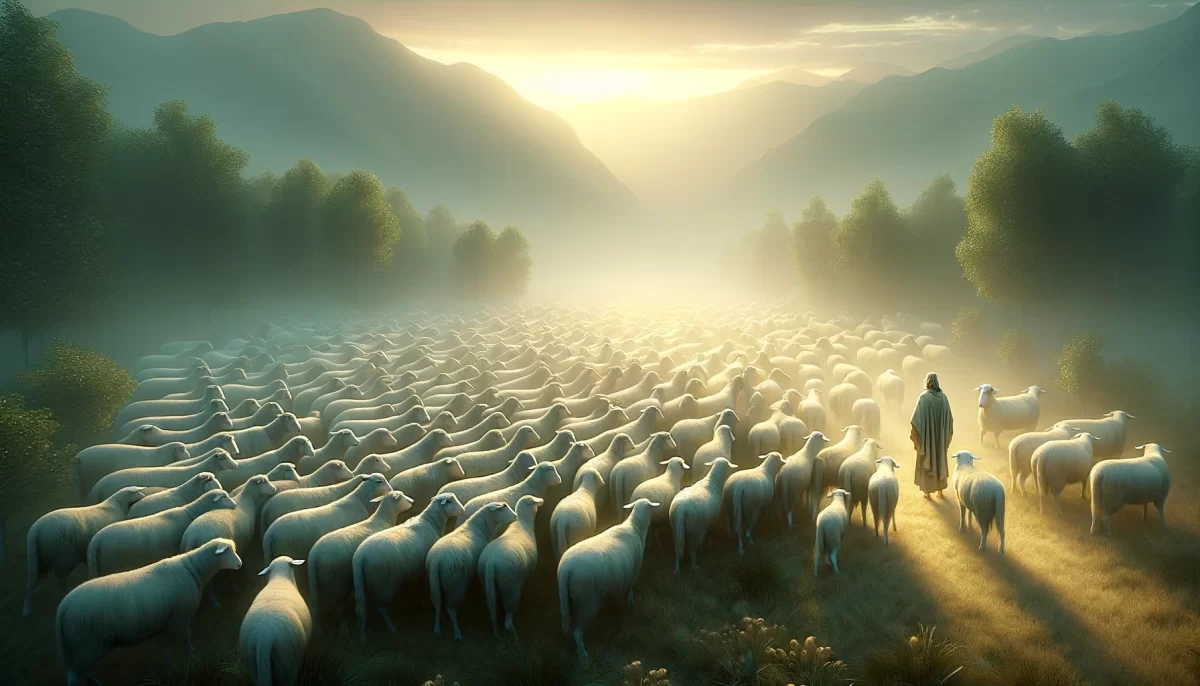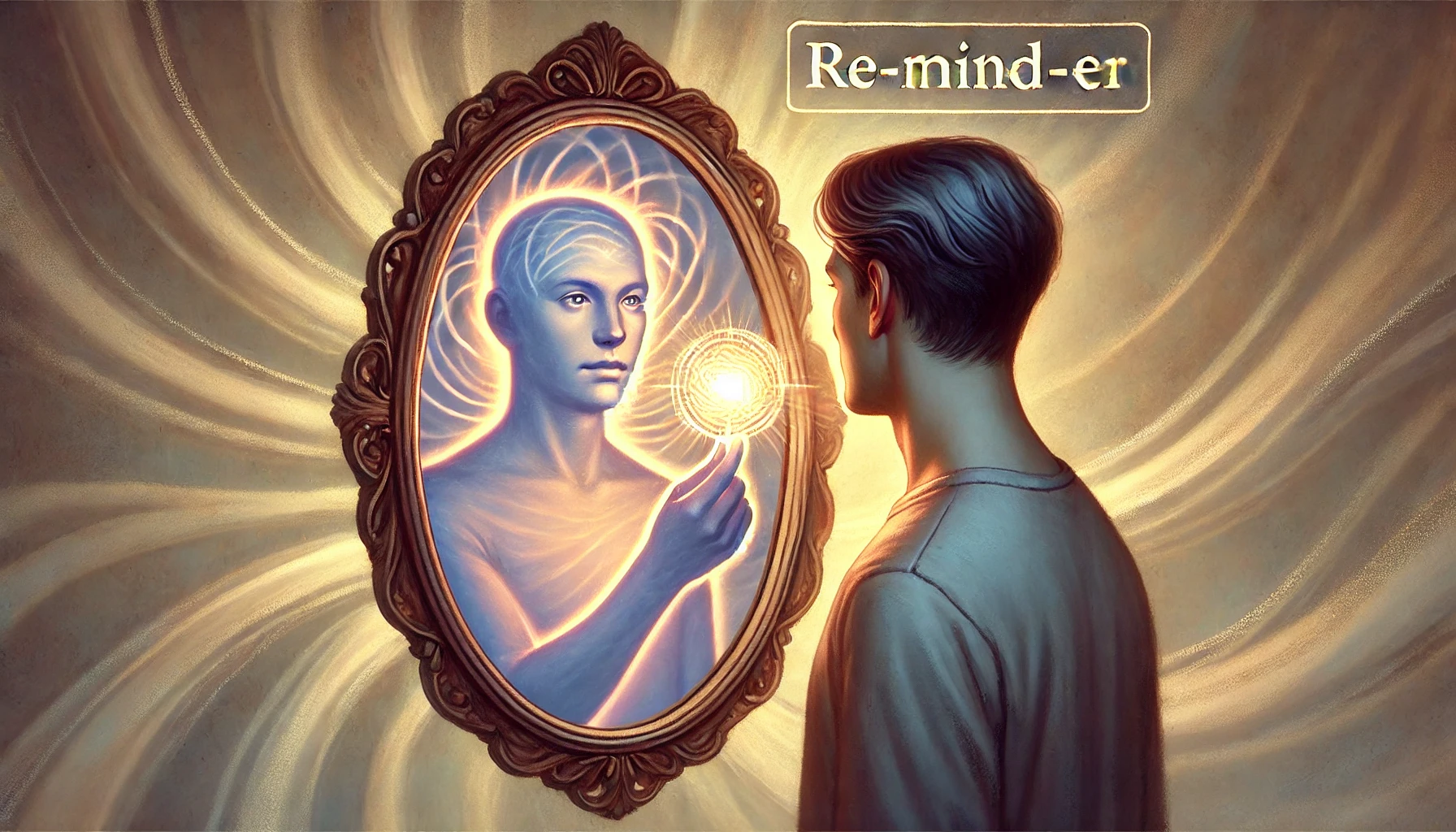The Good Shepherd
The good shepherd
walks among the herd.
He does not
walk in front of the herd.
He does not
walk behind the herd.
He does not
stand outside the fence
beckoning to the herd
to leave its safe confines.
The good shepherd
does not taunt the herd,
criticize the herd,
or expect the herd
to do anything OTHER
than what the herd is doing.
The good shepherd
imagines himself as the herd,
for indeed he IS the herd.
He is no better than the herd,
no worse than the herd,
but merely ONE ASPECT of the herd.
The herd may follow.
The herd may NOT follow.
The herd may lead the shepherd.
The good shepherd
will ENCOURAGE the herd.
He will COMFORT the herd.
He will RESPECT the herd.
The good shepherd
will allow the herd to be heard.
There is no danger
from which the good shepherd
must protect the herd.
It is not his place
to stand in the way
of the herd,
even if he believes
he is “right”
and the herd is mistaken.
The good shepherd does not judge.
The good shepherd
need only be aware,
as the herd is aware,
that we are all shepherds.
2/25
This awareness extends beyond mere observation; it encompasses a deep, intrinsic understanding that leadership and membership within the herd are fluid roles. Every individual, including the shepherd, is both a guide and a follower, learning from each other and moving together in harmony.
The Collective Wisdom of the Herd
The wisdom of this approach lies in its recognition of the collective intelligence and capability of the herd. By fostering an environment of mutual respect and encouragement, the good shepherd allows for a natural balance where leadership emerges organically, guided by the current needs and dynamics of the group. This fluidity ensures that the herd remains cohesive, adaptable, and resilient, capable of navigating challenges as a unified entity.
The Universality of the Shepherd’s Role
Ultimately, the good shepherd’s philosophy reveals a profound truth: we are all shepherds in our own right. This realization invites each member of the herd to embrace their potential for leadership and support, understanding that their contributions are vital to the well-being and direction of the collective. In this light, the role of the good shepherd transcends the individual, becoming a shared responsibility and privilege.
A Model for Harmonious Coexistence
The good shepherd paradigm presents a model for leadership and coexistence that values empathy, equality, and the inherent interconnectedness of all members. It challenges the traditional hierarchies and power dynamics, proposing a more holistic and inclusive approach to guiding and being guided. In this model, leadership is not about control or dominance but about fostering a space where every voice is heard, every need is considered, and every individual is valued.
The Path Forward
As we contemplate the lessons of the good shepherd, we are invited to reflect on our roles within our communities and the broader tapestry of life. By embodying the principles of empathy, respect, and collective well-being, we can cultivate environments where harmony, understanding, and mutual support flourish. The good shepherd teaches us that in the unity of shepherd and herd, in the balance of leading and following, lies the path to a more compassionate and cohesive world.
Invitation to Reflection
We are all part of a vast herd, navigating the complexities of existence together. The good shepherd’s wisdom encourages us to look within and around us, to recognize our interconnectedness, and to embrace our roles as both leaders and followers. In doing so, we open ourselves to the endless possibilities of growth, understanding, and harmony.
We are invited to ponder: How can we embody the good shepherd in our lives? How can we foster unity, respect, and mutual support in our communities? In embracing this model, we not only enrich our own lives but contribute to the well-being of the collective, moving together towards a future marked by empathy and understanding.
























Leave a Reply